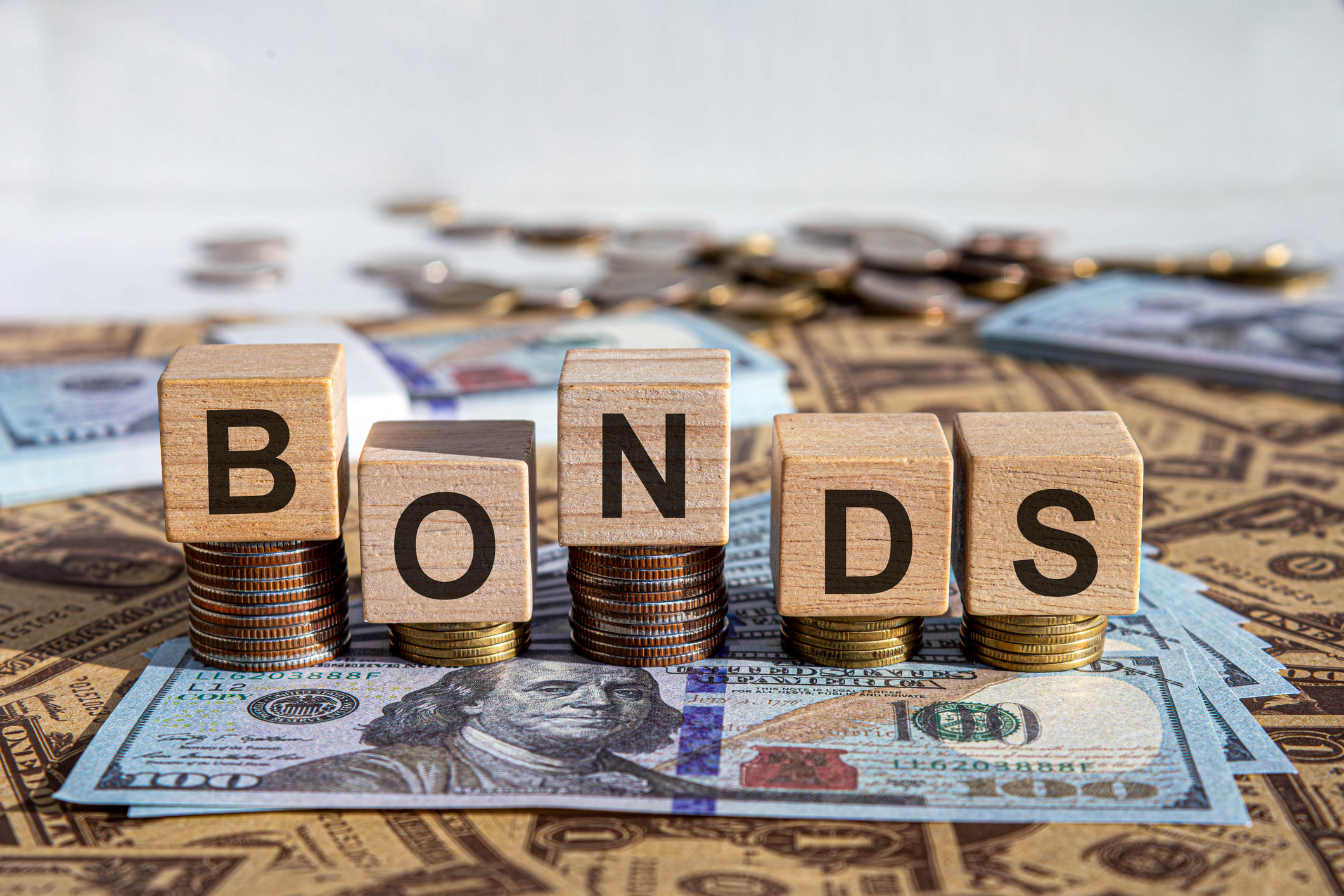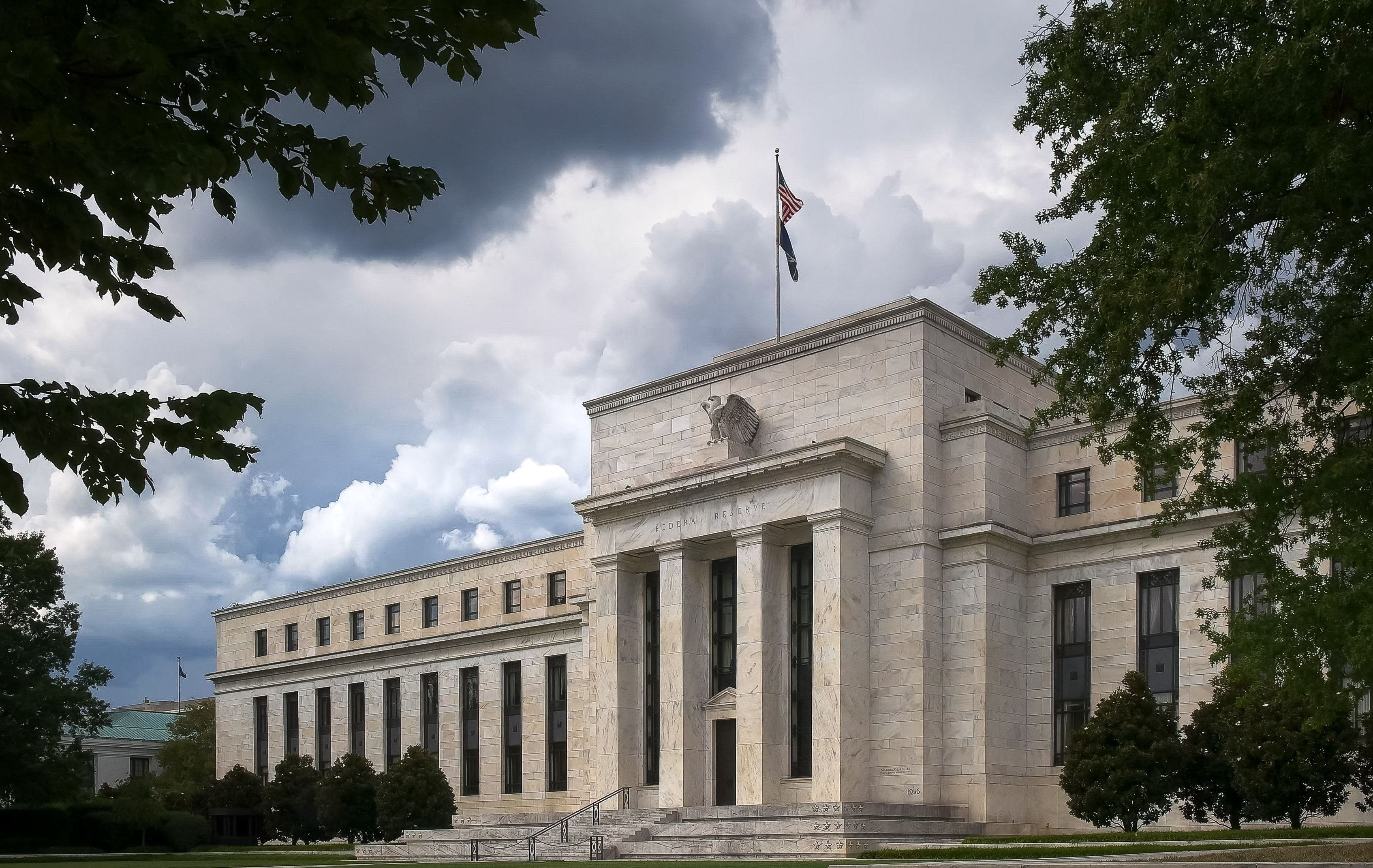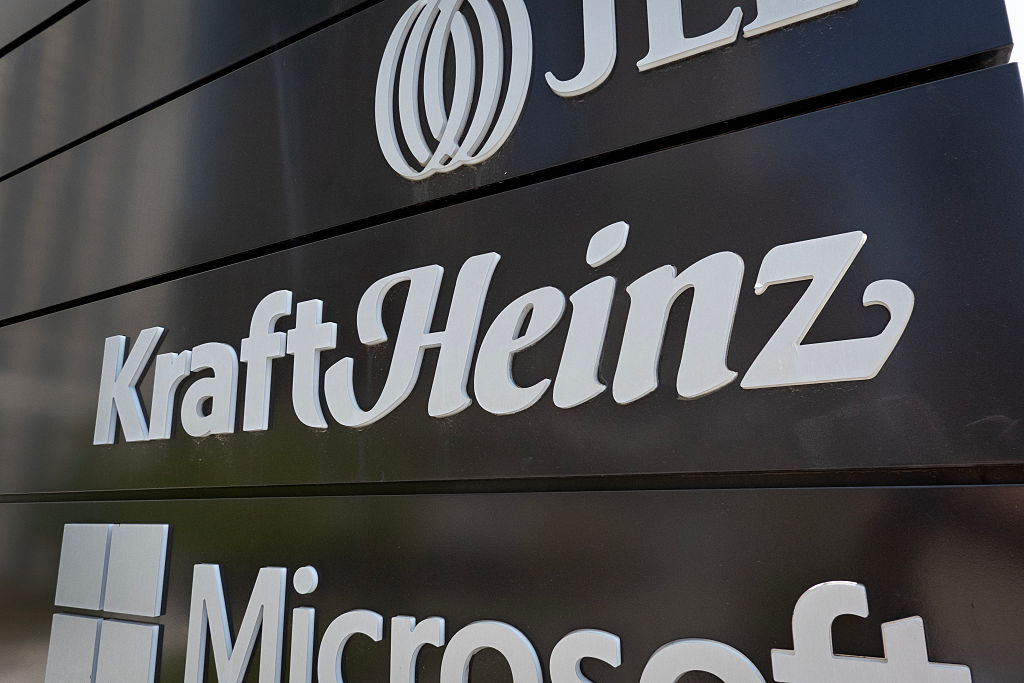Where to Find the Best Yields
From tankers to trusts, a host of ideas for generating great current returns.

What's reassuring about the quest for high yield is that something always works. Rising inflation and rising interest rates threaten to clip the value of your Treasury bonds? Don't sweat it. Plenty of investments yield 8% -- far more than the current 5% yield on Treasuries -- and many of them will actually benefit from a peppy economy.
Take Allied Capital, which chief executive William Walton calls a "publicly traded private-equity company" (try saying that six times fast). He means that Allied lends money to or takes ownership stakes in midsize, privately owned U.S. businesses (or does both). Allied backs companies -- 126 at present -- that do everything from make mousetraps to run muffler franchises.
For its efforts, Allied is well paid; it's collecting 12%, on average, on its portfolio of loans. Interest charges that high suggest weak borrowers. But the economy is strong, so only 2% of the loans are past due. Allied (symbol ALD) trades as a stock but is structured as a "regulated investment company," so it must pass nearly all of its net income to shareholders. The annual distribution of $2.40 a share -- half taxed as capital gains and half as ordinary income -- yields 8% at Allied's recent share price of $30.
From just $107.88 $24.99 for Kiplinger Personal Finance
Become a smarter, better informed investor. Subscribe from just $107.88 $24.99, plus get up to 4 Special Issues

Sign up for Kiplinger’s Free Newsletters
Profit and prosper with the best of expert advice on investing, taxes, retirement, personal finance and more - straight to your e-mail.
Profit and prosper with the best of expert advice - straight to your e-mail.
Want more yield? You may find Thornburg Mortgage (TMA) to your liking. As a real estate investment trust, it, too, trades like a stock. But Thornburg owns no hotels, offices or other properties. Instead, it makes jumbo adjustable-rate home mortgages (average size: $750,000) to wealthy customers with impeccable credit histories. Thornburg keeps the loans as investments and also invests in mortgage-backed securities. In less capable hands, this mixture could be toxic; but the people in charge of Thornburg know how to cope with rising interest rates. Because it's a REIT, it hands out 90% or more of its net income as dividends. At $27 and with a dividend of $2.72 a share, Thornburg yields 10%. The shares swoon from time to time, but Thornburg has returned 13% annualized over the past three years and 26% over the past five.
With results like that, who needs Treasuries anyway? Not Ed Treis. The retired banker from Village of Chenequa, Wis., says 95% of his publicly traded holdings are in Allied Capital and two other types of lucrative income producers -- REITs and specialized oil-and-gas securities. Treis, 58, first bought Allied stock eight years ago "in the teens" to capture the dividends and because he likes the diversified nature of the firms in Allied's basket.
REITs and energy royalty trusts are repeat visitors to Kiplinger's annual yieldfest. Although we generally identify investments with current returns of 8% or better, we're willing to accept a lower yield in exchange for less risk. Here are our picks, in declining order of yield.
Cruise with tankers
The maritime industry is riding a wave of global prosperity, but until lately, this meant zilch to income investors. The few publicly traded fleet companies paid small or no dividends. Then about two years ago, a few new fleets with a different business plan came into being. Instead of tying their fates to short-term, or "spot," freight rates, they contracted for up to ten years with big energy, metals and grain-trading companies. The new-wave fleets promised to pay out to shareholders virtually all the cash that was left after they met expenses.
So far, these yield-oriented tanker stocks have delivered the goods, not just to customers but to investors as well. But share prices remain low and yields generous. Four to consider are Arlington Tankers (ATB, $22), Double Hull Tankers (DHT, $13) and Genco Shipping and Trading (GSTL, $17). It's best to buy these stocks as a package because anything that knocks a ship out of commission can jeopardize the dividend.
Trust trusts
As energy prices have climbed, oil-and-gas royalty trusts have delivered princely performance. Yet share prices haven't climbed so high that they knock their yields below our 8% target.
Investing in a trust gives you an interest in its assets, usually part of the output of working oil or gas fields. The trust pays a monthly distribution that varies with the price and volume of the energy sold. Note, however, that tax treatment of trusts can be convoluted.
It's tough to tell the trusts apart. A prudent strategy is to invest in several established names, such as Cross Timbers (CRT, $42), San Juan Basin (SJT, $37) and Canada's Enerplus (ERF, $52). Each yields about 8%. San Juan sells natural gas almost exclusively; Cross Timbers and Enerplus are more balanced between gas and oil.
If you think crude oil is headed toward $100 a barrel, consider BP Prudhoe Bay (BPT, $74). The trust collects 16.4% of the proceeds from the first 90,000 barrels a day of crude oil from an Alaskan field. Based on the past four quarterly distributions, the trust yields 11.4%.
Grab private equity
Allied Capital's success hasn't gone unnoticed. Kohlberg Kravis Roberts, a well-known New York City-based buyout firm, recently raised $5 billion by selling shares in Amsterdam for a private-equity investment partnership.
The Washington, D.C., area, where Allied is based, has become a mecca for publicly traded companies that take stakes in private firms. Rivals American Capital Strategies (ACAS, $33) and MCG Capital (MCGC, $15) yield 10% and 11%, respectively. Both yield more than Allied because the companies are newer, and in addition, American Capital has a higher proportion of overdue loans. Besides an economic downturn, the big risk is that more firms could crowd into this gem of a business and begin lending to less-creditworthy customers. That could cast a pall over the entire sector.
Ride a REIT
Real estate investment trusts aren't as generous as they used to be. For example, the average property-owning REIT yields 4.3%. The good news is that yields are low because REIT stocks have appreciated steadily for more than six years, not because the trusts have had to cut dividends. Good REIT operators should keep up quarterly payouts. Larry Goldstone, president of Thornburg Mortgage, says his job is to protect dividends at all costs. "Our priority is delivering consistency and stability," he says. Goldstone projects annual dividend increases of 2% to 5% over the next three years and expects Thornburg shares to trade in a range so as to yield 8% to 10%.
Property-owning REITs are nowhere near as generous. But you can still find some high yielders in the group. For example, Educational Realty Trust (EDR, $15) develops and manages apartments and dorms for college students. It yields 7.9%. And First Industrial Realty (FR, $38), which owns and develops warehouses and light industrial space in 25 major metropolitan areas, yields 7.4%. Note that REIT payouts are generally treated as ordinary income for tax purposes.
Buy into bank loans
When yields on money-market funds plunged to 1%, everyone scrambled for better-paying, low-risk substitutes. Money-fund returns are no longer at rock bottom , but floating-rate bank-loan funds still offer better yields and the prospect of even higher returns if short-term interest rates continue to rise. These funds own pieces of bank loans that are made to an assortment of companies, typically those with low debt ratings. The payments made by borrowers are tied to short-term interest-rate benchmarks. Bill Larkin, a portfolio manager with Cabot Money Management, in Salem, Mass., says it's hard to lose money in these funds unless the economy tanks and many borrowers start skipping payments on the loans.
Floating-rate funds are available in both traditional and closed-end varieties. A fine choice among open-end funds is Fidelity Floating Rate High Income (FFRHX; 800-544-8544). The fund yields 6.1% and has returned an annualized 4.7% over the past three years. Larkin's favorite closed-end is Eaton Vance Senior Floating-Rate Trust (EFR, $18). In mid June, the two-year-old fund yielded 8.5% and traded at a 3% discount to the value of its underlying assets (closed-ends trade like stocks). Like many closed-ends, the Eaton Vance fund borrows money to magnify its returns, which boosts risk.
Snap up $25 snippets
It's easier than ever to buy corporate bonds or, more precisely, their close cousins. Dozens of companies issue income securities that trade on exchanges for about $25 a share. Encumbered by such tongue-twisting names as "income capital obligation notes" and "fixed-rate capital securities," these issues pay a fixed monthly or quarterly dividend, so your yield depends on what you pay. For example, a triple-A-rated Alabama Power issue (ALZ) pays $1.47 per share yearly. At a recent price of $23, the security yields 6.4%. Lower-quality issues pay more. BBB-rated Pulte Homes units (PHMIJ.PK) pay $1.84 a year. At $25, they yield 7.4%. Find full lists at www.epreferreds.com or www.quantumonline.com.
Be aware of call provisions. In almost all cases, the issuer has the right to redeem the security at $25 after five years. So it's best to look for units that sell for $25 or less and have at least two years before they can be called.
Bank on blue chips
Corporate America is rolling in dough and is using a lot of that spare cash to raise dividends, which became especially attractive after Congress cut the top tax rate on them to 15% a few years ago. Bank stocks appear to be an especially attractive source of juicy yields. Shares of big banks, such as Bank of America (BAC, $47), U.S. Bancorp (USB, $31) and Wachovia (WB, $53), yield about 4%. No, 4% doesn't meet our 8% hurdle, but Don Taylor, manager of Franklin Rising Dividends fund, expects giant banks to raise dividends 10% to 12% a year for the foreseeable future. If he's right, dividends will double in seven years, effectively giving you an 8% yield based on the price you paid today.
Other sectors where you can find high-yielding common stocks are drugs and big, integrated energy companies. For instance, drug maker Bristol-Myers (BMY, $25) yields 4.5%, and oil giant Chevron (CVX, $59) pays 3.5%.
Big telecommunications companies also represent fertile ground for yield-hungry investors. Jerome Heppelmann, chief investment officer of Liberty Ridge Capital, of Berwyn, Pa., suggests buying a low-risk stock, such as Verizon (VZ, $33), and selling call options to supplement the stock's 4.9% yield. The biggest risk with such a strategy is that you might have to forgo some gains if the stock takes off.
Cozy up with munis
Yeah, we know what you're thinking: b-o-r-i-n-g. But who says that investing always has to be exciting? At any rate, tax-free municipal bonds are about as safe an investment as there is -- particularly today, when state and local finances are especially strong. The risk of high-grade munis defaulting is minuscule.
Vanguard Intermediate-Term Tax-Exempt fund (VWITX; 800-635-1511) is the simplest way to own munis. It yields 4.2%. For more income, look at individual issues, which are usually sold in $5,000 increments. Check www.investinginbonds.com or consult your brokerage's bond desk, focusing on bonds rated A or better.
You need to look beyond a muni's stated yield. Instead, focus on its taxable-equivalent yield, which is how much you'd have to earn from a taxable bond to get -- and keep -- what you get from a tax-free muni. Consider a Port of Oakland, Cal., bond rated AAA for quality and recently priced to yield 5% to 2012. For someone in the 28% federal tax bracket, that 5% yield is the equivalent of just below 7% from a taxable bond.
Once again, cash rules
When bank accounts and money-market funds paid 1% a few years back, you had to take some risks to earn a decent return. But now, thanks to the Federal Reserve's two-year-long rate-raising regimen, cash (and similar low-risk investments) is no longer trash. Take a gander.
Treasury bills. You can register to buy short-term U.S. debt from the source at www.treasurydirect.gov. Lately, three-month bills yielded 4.9%, and six-month bills returned 5.2%.
Money-market funds. The trend in money-fund yields (left) clearly shows the Fed's handiwork. From a low of less than 1% beginning in late 2002, the average taxable money-fund yield has climbed to 4.4%. Vanguard Prime Money Market (VMMXX) is near the top of the heap with a 4.8% yield.
Savings accounts. For a list of online banks with no fees or restrictions on savings deposits and withdrawals, visit www.bankrate.com. Yield leaders include Emigrant Direct (www.emigrantdirect.com) and HSBCdirect (www.hsbcdirect.com), both paying 4.65%. You donÕt need to do other business at these banks.
Certificates of deposit. Top one-year CD rates are up to 5.5%, as good as the best five-year rates, so it makes sense to keep maturities short.
The risk pyramid
Near the bottom of the pyramid, investors aren't getting much extra yield for the added risk of extending maturities. But for those willing to invest in more-exotic securities, the potential rewards are far greater.
Data to June 19. Sources: Bankrate.com, iMoneynet, Merrill Lynch, ValuBond
Profit and prosper with the best of Kiplinger's advice on investing, taxes, retirement, personal finance and much more. Delivered daily. Enter your email in the box and click Sign Me Up.

Kosnett is the editor of Kiplinger Investing for Income and writes the "Cash in Hand" column for Kiplinger Personal Finance. He is an income-investing expert who covers bonds, real estate investment trusts, oil and gas income deals, dividend stocks and anything else that pays interest and dividends. He joined Kiplinger in 1981 after six years in newspapers, including the Baltimore Sun. He is a 1976 journalism graduate from the Medill School at Northwestern University and completed an executive program at the Carnegie-Mellon University business school in 1978.
-
 Changes Are Coming for This Invesco Bond Fund
Changes Are Coming for This Invesco Bond FundThe Invesco BulletShares 2026 Corporate Bond ETF's bonds will mature in 2026. Here's what investors should do.
-
 What Science Reveals About Money and a Happy Retirement
What Science Reveals About Money and a Happy RetirementWhether you’re still planning or already retired, these research-based insights point the way to your best post-work life.
-
 7 Retirement Planning Trends: What They Mean for You in 2026
7 Retirement Planning Trends: What They Mean for You in 2026From government shutdowns to market swings, the past 12 months have been nothing if not eventful. The key trends can help you improve your own financial plan.
-
 What the Rich Know About Investing That You Don't
What the Rich Know About Investing That You Don'tPeople like Warren Buffett become people like Warren Buffett by following basic rules and being disciplined. Here's how to accumulate real wealth.
-
 How to Invest for Rising Data Integrity Risk
How to Invest for Rising Data Integrity RiskAmid a broad assault on venerable institutions, President Trump has targeted agencies responsible for data critical to markets. How should investors respond?
-
 What Tariffs Mean for Your Sector Exposure
What Tariffs Mean for Your Sector ExposureNew, higher and changing tariffs will ripple through the economy and into share prices for many quarters to come.
-
 How to Invest for Fall Rate Cuts by the Fed
How to Invest for Fall Rate Cuts by the FedThe probability the Fed cuts interest rates by 25 basis points in October is now greater than 90%.
-
 Are Buffett and Berkshire About to Bail on Kraft Heinz Stock?
Are Buffett and Berkshire About to Bail on Kraft Heinz Stock?Warren Buffett and Berkshire Hathaway own a lot of Kraft Heinz stock, so what happens when they decide to sell KHC?
-
 How the Stock Market Performed in the First 6 Months of Trump's Second Term
How the Stock Market Performed in the First 6 Months of Trump's Second TermSix months after President Donald Trump's inauguration, take a look at how the stock market has performed.
-
 Fed Leaves Rates Unchanged: What the Experts Are Saying
Fed Leaves Rates Unchanged: What the Experts Are SayingFederal Reserve As widely expected, the Federal Open Market Committee took a 'wait-and-see' approach toward borrowing costs.
-
 Fed Sees Fewer Rate Cuts in 2025: What the Experts Are Saying
Fed Sees Fewer Rate Cuts in 2025: What the Experts Are SayingFederal Reserve The Federal Reserve cut interest rates as expected, but the future path of borrowing costs became more opaque.